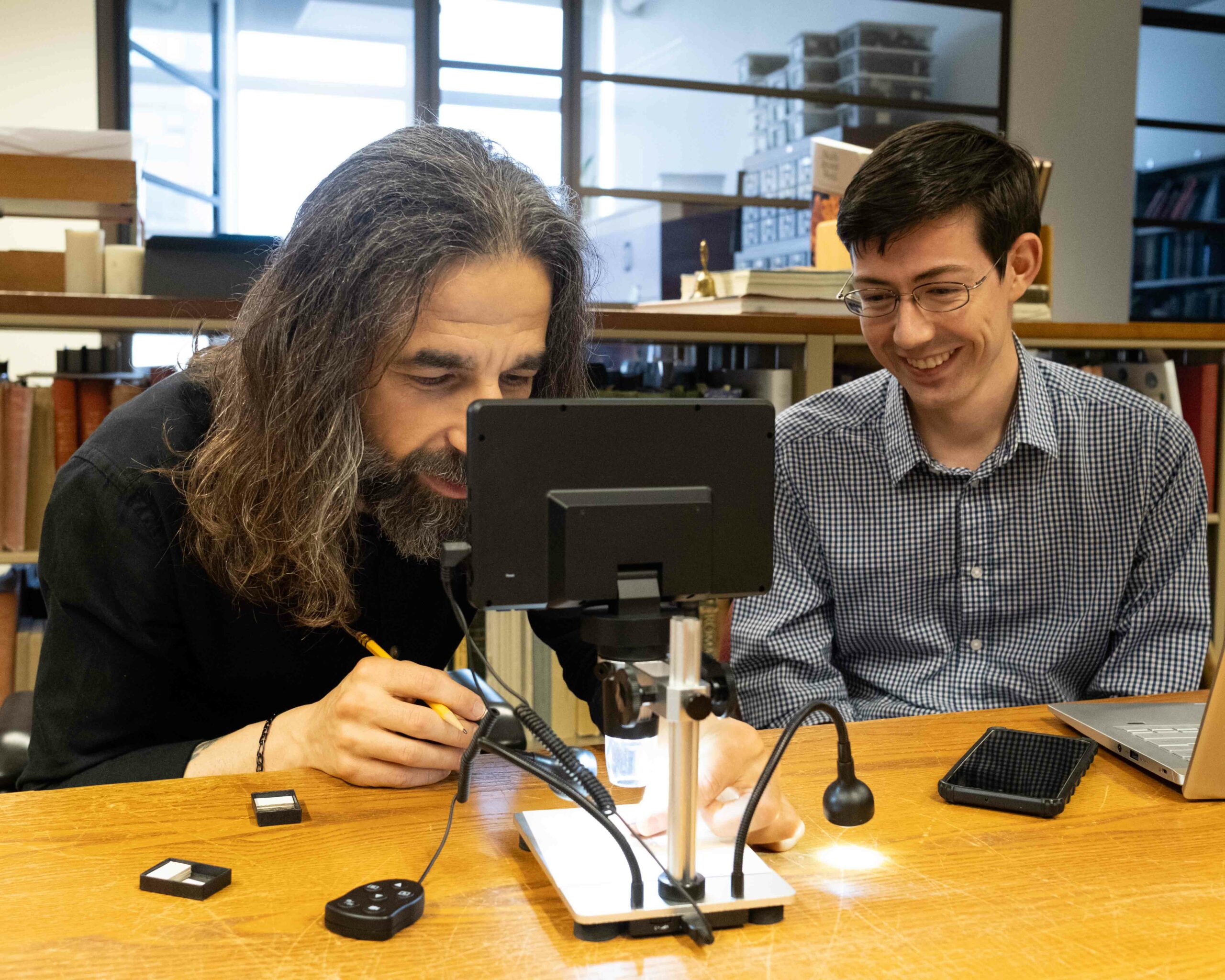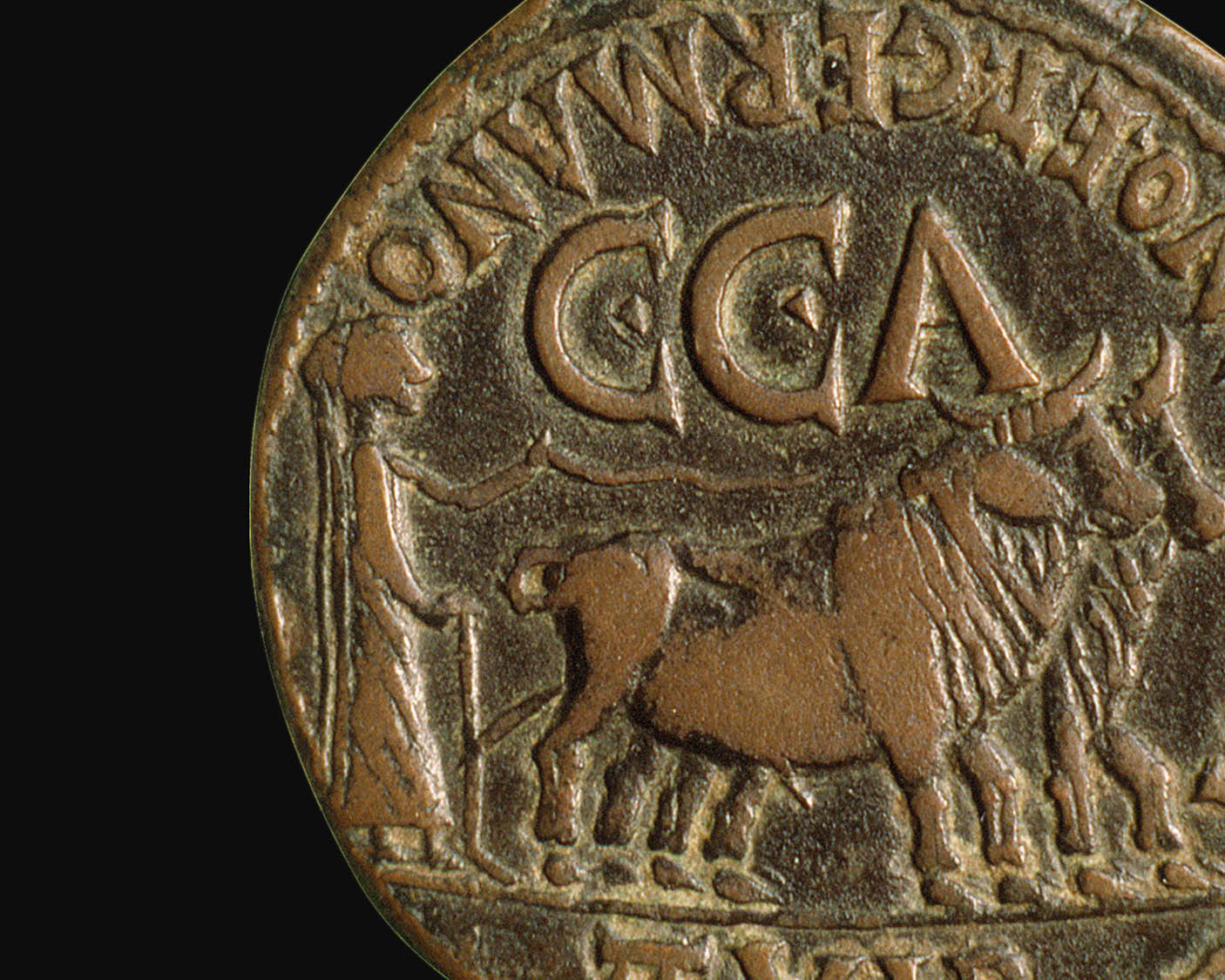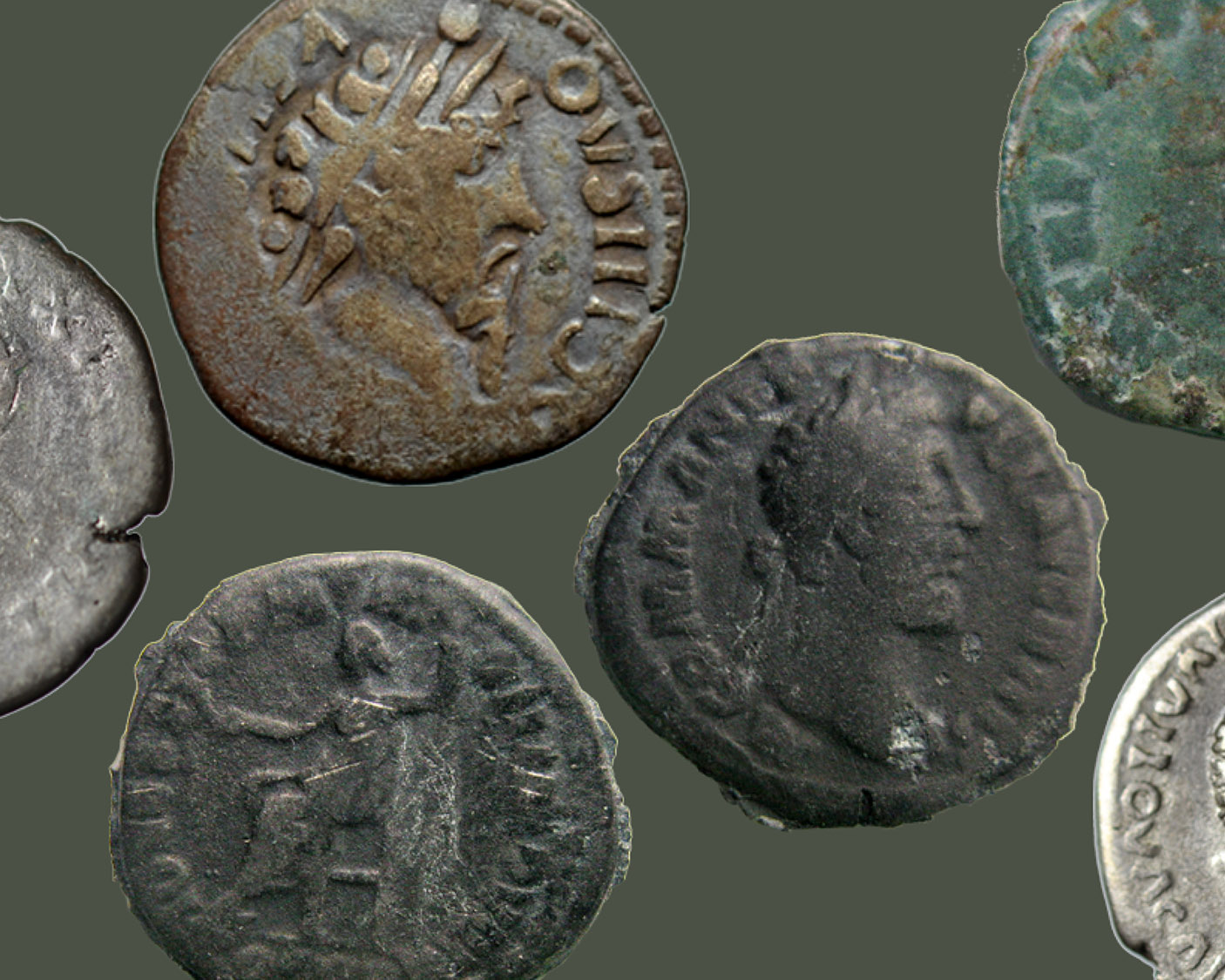Medals in the United States, pre-WWI
The Medallic Art Company Archives
Medals in the United States, pre-WWI
Dr. Jesse Kraft

Figure 1. France. Bronze medal engraved by Augustin Dupré for Benjamin Franklin, 1782 (ANS 1967.227.3, gift of Wadsworth Antheneum), 47mm.
The medal is unquestionably a European art form. Thus, the genesis and development of medallic art in the United States was derived from and heavily influenced by European precedents. Conscious of this lineage and pained at times to break free from it, US-based medallic artists frequently endeavored to create medals that were emphatically American. This impulse was already present in the aftermath of the American Revolutionary War (1775–1783) as French artists and engravers worked alongside the nascent country’s leaders to create commemorative medals of the events and commanders involved. Included among these was the famed Libertas Americana medal, conceptualized by Benjamin Franklin while in France, drawn by Espirit-Antoine Gibelin, engraved by Augustin Dupré, and struck in Paris (Fig. 1). Depicting an allegorical struggle for American freedom on the reverse, the flowing-haired Liberty of the obverse served as the model for the nation’s first coins struck in 1793. Like Franklin’s effort, many of these early American medals were privately commissioned and produced, and typically displayed their reliance on the neo-classical idiom of the French Academy.
Once the first federal mint was established in 1792 in Philadelphia, then the nation’s capital, medallic art production began to concentrate in that city as engravers from both home and abroad sought positions at the mint or the occasional contract to produce dies. Moritz Fürst, for example, was one of several European-born and trained engravers who made their way to Philadelphia in the early nineteenth century where he found contract work, including that for a series of official portrait medals of navy and army commanders of the War of 1812 (Fig. 2). Much of Fürst’s work for the US Mint, like that of German-born Anthony Paquet, sought distinction in exquisite detail and realism, not in the overworked symbolism of the French Academy. Paquet’s portrait of James Ross Snowden, for example, spared nothing, not the wart on the Mint Director’s left cheek, his spectacles, nor his contemporary dress, all presented head on, an unusual perspective in medallic portraits of the time (Fig. 3). Combined with the rigorously precise depiction of the Philadelphia Mint building on the reverse, this exceptional medal speaks to American pragmatism and excessiveness, given the large dimensions and high relief of the piece which pushed the production technologies of the day to the limits.

Figure 2. United States. Bronze medal by Moritz Fürst portraying Navy captain James Lawrence, 1813 (ANS 0000.999.38402), 65mm.

Figure 3. United States. Bronze medal by Anthony Paquet portraying James Ross Snowden, 1858 (ANS 1930.56.1, gift of Bauman L. Belden), 80mm.
American sculptors in Paris, notably Saint-Gaudens, Victor David Brenner, John Flanagan, Frederick MacMonnies, and Janet Scudder, exhibited their medals in the Parisian salons and the 1900 Exposition Universelle alongside the works of Roty and Chaplain, receiving favorable reviews. Even after their studies were finished, many American sculptors, like Saint-Gaudens, frequently crisscrossed the Atlantic between Paris, sometimes Rome, and New York City in pursuit of work and inspiration. It was only in the years right before the war that most of them finally settled in the US, primarily in New York City, where there were abundant commissions to be had. On both sides of the Atlantic a tightknit group of artists formed around Saint-Gaudens, many of whom he had trained, mentored, or otherwise supported, including Flanagan, James Earle Fraser, Philip Martiny, MacMonnies, Bela Lyon Pratt, and Adolph Alexander Weinman. These and other artists, along with a long list of prominent architects, politicians, and philanthropists, were actively engaged in large-scale building projects to transform American cities into visually grand, ornate creations that would instill moral and civic virtue in their inhabitants, particularly the lower classes. The White City of the 1893 Columbian Exposition in Chicago was one of the first collective endeavors of architects and sculptors in the US to manifest this Beaux-Arts vision. In New York City, this collaborative work gave rise to magnificent edifices like the Metropolitan Museum of Art (1902), United States Customs House (1904), the John Pierpont Morgan Library (1906), the New York City Hall of Records (1911), the New York Public Library (1911), Grand Central Terminal (1913), the Manhattan Municipal Building (1914), and the Brooklyn Institute of Arts and Sciences (1915), as well as numerous spectacular monuments like the William Tecumseh Sherman Monument (1903), the USS Maine Memorial (1913), and the Pulitzer Fountain (1916). At the same time, in order to foster a greater sense of community not just between the artists themselves, but also the artists and the population at large, steps were taken in New York City to form new organizations like the National Sculpture Society (1893) and National Arts Club (1898), which expressly sought to bridge the gap between the arts and society for the greater good.
Within this fevered, dynamic environment, sculptors who had not already done so increasingly turned their attention to medallic art, and to finding subject matter for their medals that was uniquely American. In creating the award medal for the 1901 Pan American Exposition held in Buffalo, New York (Fig. 4), for example, Hermon Atkins MacNeil stated that he aimed “to produce a design that could be mistaken for nothing not American.” Extraordinary images of Native Americans also appeared in the contemporary medallic art of Olin Lewis Warner, Edward Sawyer, and Fraser, each of whom, along with MacNeil, had spent considerable time in the American West among Native Americans (Fig. 5).

Figure 4. United States. Bronze award medal by Hermon Atkins MacNeil for the Pan American Exposition, 1901 (ANS 1987.147.223, gift of David R. Lit), 65mm. This example was awarded to Victor D. Brenner.

Figure 5. United States. Bronze medal by Edward Sawyer portraying Sunka Hanska Oglala Sioux, 1912 (ANS 1940.100.2174, bequest of Robert James Eidlitz), 71mm.
With so many sculptors and medalists now converging on New York City, numismatic arts in the US pulled sharply away from Philadelphia and the US Mint, becoming centered instead in Manhattan. This shift had as much to do with changing perceptions among the City’s elite art patrons of the medal as a worthy medium as it did with technological changes. Although Saint-Gaudens’s pioneering forays into medallic art adhered to an Italian Renaissance style that stayed true to the original production techniques of modeling and casting (Fig. 6), most medallic art in the US at the turn of the century continued to be produced by those trained in engraving and die sinking. As in France, the introduction and more widespread use of the Janvier reducing machine allowed those who were not formally trained diesinkers to create struck medals by first creating the design in a large plaster that could then be reduced, thus opening the field to a wider pool of artists. Shortly after the turn of the century, Janvier machines began to arrive in the US, obviating the need to send plasters to Paris for reduction. The first was imported in 1905 and set up in New York City; by 1909 this same machine was in the hands of the budding Manhattan-based Medallic Art Company (Fig. 7). This private mint, along with several others that began striking art medals around the same time such as Whitehead & Hoag (Newark, New Jersey), Joseph K. Davison’s Sons (Philadelphia, Pennsylvania), and Gorham Manufacturing Company (Providence, Rhode Island), helped to fuel widespread demand for medallic art.

Figure 6. United States. Bronze medal by James Earle Fraser portraying Augustus Saint-Gaudens, 1901 (ANS 0000.999.21), 91mm. Fraser created this medal in honor of his mentor in the Italian Renaissance style for US medals that Saint-Gaudens had pioneered.

Figure 7. United States. Bronze medal by Jules-Edouard Roiné, ca. 1909 (ANS 0000.999.57426), 51mm. A Janvier reduction machine is depicted on the obverse of this medal (left).




